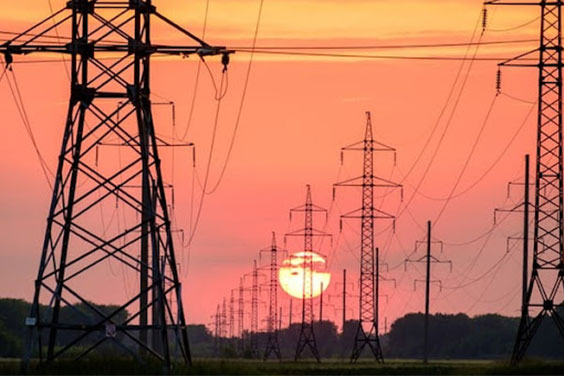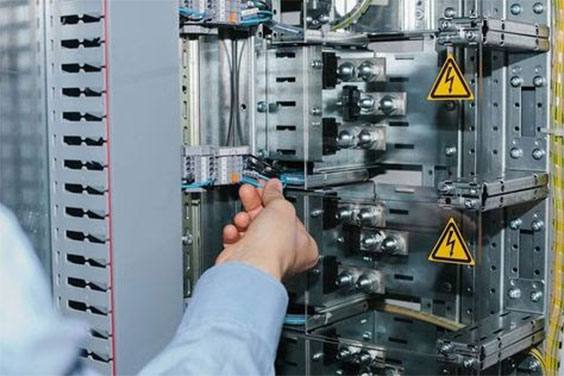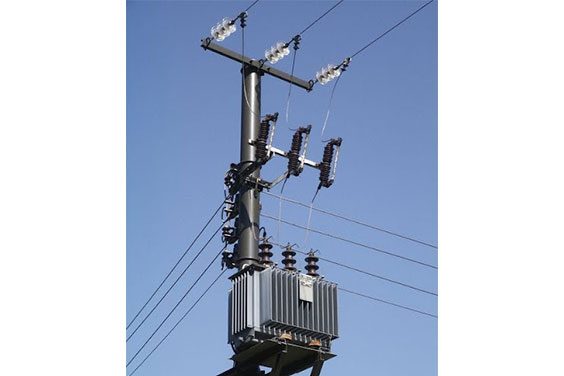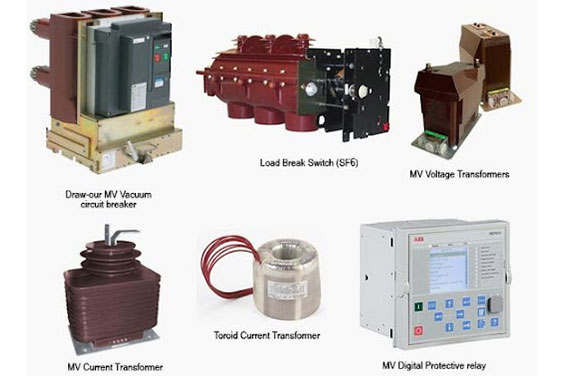What Is Switchgear?
Electrical switchgear is a crucial part of the electric power system. As the name suggests, it is composed of switches that are used to control, protect, and isolate electric equipment. The main purpose is to maintain the high and low voltage of power transformers.
To design electrical switchgear, the components that are used are- standoff insulators, molded parts, arc chutes, baffle insulation, insulation bushing, fuse tube, lead insulation, bus bar insulation, bus bar support, insulating angles, insulating channels, terminal board, fuse board, fuse clip insulation, fuse element insulation, interphase insulation, CPO=3 phase barriers, sight insulation, bolt insulation, insulating washer, insulating nuts, control roads, insulating tubes, gasket, spread bars.
The features of electrical switchgear include:
- If there is a fault, it separates it from the circuit and prevents malfunction.
- It also shows an immediate response to faults and prevents the damage from spreading.
- It also has hand-held operations in case of faults in electric circuits.
- It can alter the functioning and non-functioning part of the circuit.
That is why, when it comes to power transmission, looking for good switchgear companies is the need of the hour.
What Is Medium Voltage Switchgear?
In between 3 kV to 36 kV, the switchgear is medium voltage switchgear or mv switchgear.
The features of medium voltage switchgear include:
- Normal on/off switching operations: If the device is working properly, it ensures the switching on/off of the system.
- Short circuit current operations: Under any abnormalcy or any short circuit, it is very crucial to detect and detach the defective area. This is achieved by medium voltage switchgear.
- Switching of capacitive currents: Capacitive current is the current that charges or discharges the capacitor. It is also known as short capacitive current.
- Switching of inductive current: Inductive load opposes the change in current. Medium voltage switchgear helps in switching that.
This type of switchgear uses Sulfur hexafluoride, oil, and vacuum for blocking current in case of any defects.
Medium voltage switchgear manufacturers keep a proper eye on this.
Different Types of Medium Voltage Switchgear or MV Switchgear
Several types of medium voltage switchgear are classified under two sections- indoor switchgear and outdoor switchgear.
1. sf6 gas insulated switchgear: Gas-insulated switchgear is a compact switchgear consisting of high voltage components such as circuit breakers and disconnectors, which can work in a confined space. Its application includes power transmission, integration of renewable power generation, and railways.
2. Metal enclosed switchgear: As the name suggests, it is switchgear that is enclosed in a metal. There is metal at every nook and corner with the exception of small ventilation. It is a type of indoor switchgear.
3. Metal-clad switchgear: It is a subset of metal-enclosed if taken technically.
4. Air-insulated switchgear: In this type of switchgear, the air is taken as insulation. Air-insulated switchgear works in medium voltage power systems with voltage ranging from 11 kV to 36 kV.
5. Pad-mounted switchgear: Pad-mounted switchgear is designed in such a way to fulfill the requirement of switching and isolation.
6. Vault or subsurface switchgear: Vault or subsurface switchgear works in an electrical power system when the voltage ranges from 15 kV to 38 kV.
What Are Switchgear Components?
Components of switchgear include switching and protecting devices. There are two types of switchgear components. They are:
1. Power Conducting Components
Power conducting components refer to those components which affect the power of the system. It includes switching devices, fuses, circuit breakers, insulators, lightning arrestors, etc.
2. Control System Components
Components that monitor the system are called control system components. It keeps a check and protects the system internally. It includes control panels, current transformers, potential transformers, auto reclosure, and various other equivalent equipment.
When the electrical switchgear operates, it does the switching on and switching off generators, transmission lines, distributors, and other relevant equipment.
But, in case of any fault, the work of switchgear is to detect it.
How Does Electrical Switchgear Work?
Electrical switchgear’s working principle is to protect and switch devices like fuses, switches, relays, etc. If any sort of short circuit occurs within the power system, then an abundance of current will flow through the device, so that the equipment is damaged and interruption occurs. To prevent any such kind of havoc, it is used to check faults.
The functions of electrical switchgear include:
- Protection from faults and short-circuit.
- Isolation from power supplies.
- It is because of switchgear that the availability of the system increases. Here, it means, it allows us to feed more than one load.
- If there is any sort of issue in the electric circuit, it works like a “cut”. Here, it means that it opens or closes the circuit owing to any abnormalcy.
- If the situation is normal, it ensures the safety of the operator and stabilizes energy.
- Under any abnormal circumstance, it ensures to detect the fault and detach it from the power system and thus prevent the entire setup from any damage.
Advantage of Electrical Switchgear
Talking about the advantages of electrical switchgear (mainly indoor switchgear)
- Since it is packed inside the system, it is safe and reliable.
- Owing to the compactness, the space used is also less in indoor switchgear.
- As there is less or no contact with the external environment, hence the durability of indoor switchgear is also more.
- The operating cost in this regard is also very less.
- As there is a grounded metal enclosure, there is less risk of electrocution.
- Again, given the compactness, it is properly secured.
- As already mentioned, it is less prone to external environments.
Application of Electrical Switchgear
Below are a few applications of electrical switchgear:
Arc furnace: As an arc furnace needs to be switched on and switched off multiple times, a normal circuit breaker, SF6 circuit breaker, air circuit breaker, and oil circuit breaker may not be very durable or economical. While medium voltage switchgear with a vacuum circuit breaker is the best option and this is one application of electrical switchgear.
Railway traction: Short circuit occurs frequently in railway traction. The main purpose of the circuit breaker here is to intervene in the short circuit. Under the given circumstance, the circuit breaker that has to be chosen must have small gaps, short arcing time, and quick breaking.
The vacuum circuit breaker is the best possible option here or we can say that Medium voltage switchgear with a vacuum circuit breaker is what we need in situations like this.
Conclusion
The above discussion, even though it puts the main light to medium voltage switchgear, makes it also very clear that switchgear of all the types together make the backbone of the electric power system.
Low voltage switchgear and high voltage switchgear also serve their purposes at their respective voltage range.
From working as an initiator and stopper to catching and detaching faults, the entire set up of the electric power system will turn out useless otherwise.
This makes it very clear that a proper switchgear service strengthens the root of the entire system.
Another handy information in this regard is that custom switchgear service can also be looked up to if one has certain specifications.





